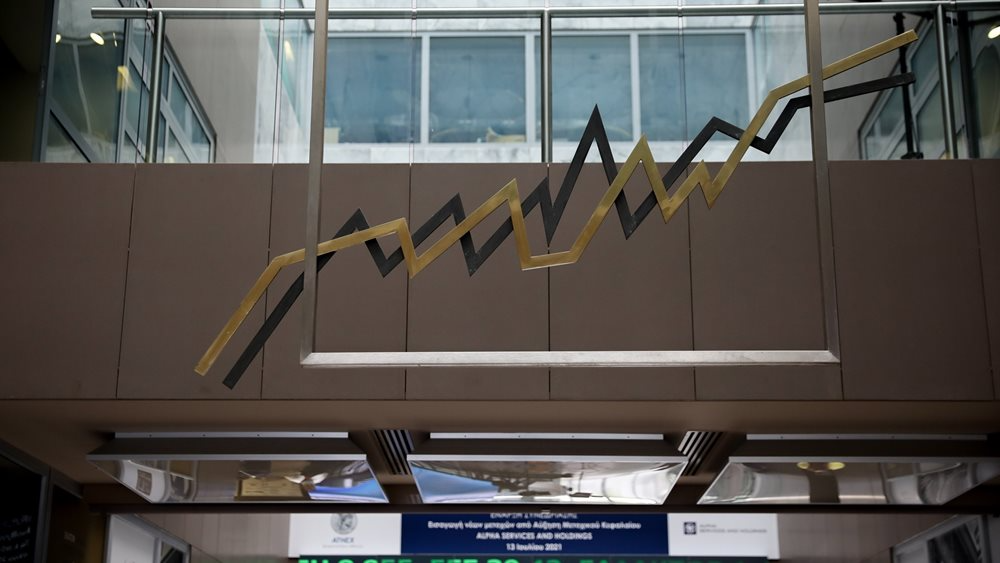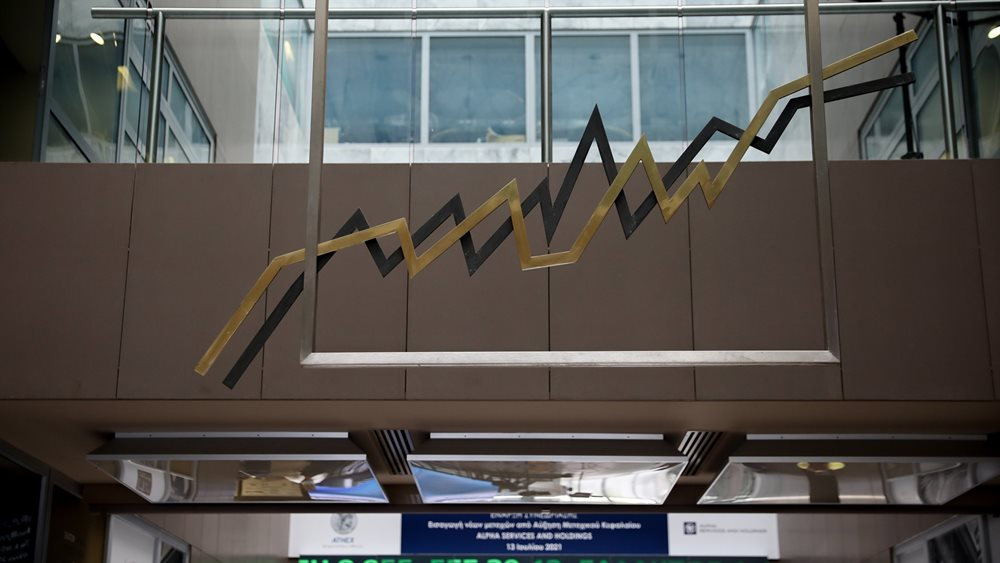
A new study by the Foundation for Economic and Industrial Research shows the benefits for the Greek economy of addressing the problem of non-performing corporate debt.
The study "Effects of the reduction of non-performing loans and 'zombie' companies on the Greek economy" highlights the negative effects on the Greek economy caused by the maintenance of so-called 'zombie' companies, i.e., those that have been struggling to repay the interest on their loan obligations for many years.
NON-PERFORMING DEBT CONCERN THE WIDER ECONOMY
Corporate Non-Defaulted Debt (NPLs) and the number of "zombie" companies in Greece have recorded a significant decline after peaking in 2015 and 2013, respectively, but remain at high levels, especially in certain sectors of activity.
The analysis confirms that the prolonged presence of bad business loans and zombie companies is an obstacle to investment and employment prospects, while negatively affecting productivity and the efficient allocation of resources. The effects are both direct at the firm level and broader at the level of the economy as a whole, as they spill over to healthy firms in each sector of economic activity, thus affecting healthy competition in product and service markets.
Based on the findings of the study, healthy firms outperform zombie firms in terms of investment, employment, and productivity growth. Furthermore, the high concentration of capital in zombie firms negatively affects the growth rate of investment in healthy firms in individual sectors of economic activity and prevents the reallocation of debt capital to more productive sectors of activity.
Finally, the study finds that younger and larger firms generally perform better in terms of investment and employment growth rates and productivity levels. The study's findings suggest that faster resolution of non-performing loans, both on and off bank balance sheets, allows for a more efficient allocation of resources and can boost investment, employment, and productivity in the Greek economy.
CORPORATE RED LOANS ON AND OFF THE BALANCE SHEET
Banks' non-performing exposures (NPLs) to businesses fell by 85% over the period 2016-2022, from €58 billion to €58 billion. (47.0% of total loans to MFIs) in 2015 to €8.9 billion. (8.1%) in 2022.
The recorded reduction in MFIs on banks' books by more than 40 bps cumulatively over the 2016-2023 period is estimated to have led to an increase in net business loan flows of around €8 bn out of €22.5 bn. (36% of credit expansion) recorded in the same period.
Despite the undoubted improvement, the large decline in NPLs is largely due to write-offs, sales and securitizations over the 2016-2022 period and, to a lesser extent, to "organic" improvements. Thus, the largest stock of NPLs moved off bank balance sheets is under servicer management, amounting to €33.4bn at end-2022. As a result, corporate red loans in the economy as a whole fell by only 28% over the period 2016-2022, to around €42 billion in 2022.
THE EVOLUTION OF 'ZOMBIES' IN THE GREEK ECONOMY
At the same time, the estimated share of "zombie" firms showed an increase from 10% to 18.6% in the period 2005-2013 and a deceleration since then, up to 8.9% in 2022.
The estimated share of zombie firms shows a positive correlation with the share of business MSEs in bank balance sheets over the period 2002-2021. However, the increase in the share of zombie firms preceded the increase in the share of MSEs in bank balance sheets, while the decrease in the share of zombie firms preceded the decrease in the share of MSEs. The different evolutionary path between the two indicators probably highlights that the zombie rate is to some extent a precursor to the NGE rate.
The sectoral analysis of the evolution of zombie companies shows a higher density of zombies over time than the average for the economy in the construction, hotels and restaurants, and real estate management sectors. At the same time, zombie firms in the Manufacturing and Trade sectors consistently showed a remarkable level of liabilities to banks.
HOW SIGNIFICANT IS THE IMPACT OF THE ZOMBIES?
The density in number and the concentration of capital ('congestion') in zombie companies has an impact on healthy firms, both as a whole and in individual sectors of the business economy.
In particular, non-zombie firms perform better on indicators such as the growth rate of net fixed capital, the rate of change in employment and total factor productivity. Healthy firms show higher overall productivity than zombie firms, especially in business economy sectors such as manufacturing, trade, accommodation and food services, information and communication, and technical and technical activities.
There is also a lower growth rate of investment in healthy firms the higher the capital bottleneck in zombie firms in the manufacturing, water supply, accommodation, and food services sectors. Similarly, there is a slower rate of capital reallocation towards productive investment in Manufacturing, Trade, Accommodation and Food Services.
By way of illustration, focusing on healthy firms in the Manufacturing sector alone, the estimated effect implies that gross investment in the Manufacturing sector in real terms would increase annually by 4.2% or €108 million (in 2015 prices) for about every 1 percentage point reduction in the capital share in "zombie" firms in the same sector.
Summarizing the framework of the quantitative analysis, five key findings emerge. First, healthy firms perform better than 'zombie' firms in terms of investment growth rate, employment growth, and productivity level. Second, the high concentration of capital in zombie firms negatively affects the rate of investment growth in healthy firms in certain sectors of economic activity.
Third, high concentration of capital in zombie firms forces healthy firms to increase the minimum level of productivity required to survive. Fourth, high concentration of capital in zombie firms prevents the reallocation of capital to more productive investments across firms and sectors of activity.
Fifth, younger and larger firms generally perform better in terms of investment growth, employment growth and productivity levels.
CONCLUSIONS
In conclusion, the importance for the Greek economy of a rapid resolution of non-performing loans and a further reduction in the number of 'zombie' companies is highlighted. As direct positive effects, the expected higher rates of investment, employment and productivity in the economy due to the higher share of healthy firms stand out.
Indirect positive effects include improved operating and growth prospects for existing healthy firms due to the freeing up of financial and physical resources and their more efficient allocation across the economy and within individual sectors of economic activity in more productive directions.
Policy priorities aimed at a rapid and effective reduction in the number of MSEs and the number of 'zombie' companies are expected to improve the speed and scope of filling the investment gap in the Greek economy, as well as to reduce the unemployment rate. Moreover, they may enhance the prospect of strengthening the overall productivity of the economy, as well as the reallocation of capital to productive investment, which are necessary conditions for achieving strong and sustainable growth rates of the Greek economy in the medium to long term.






